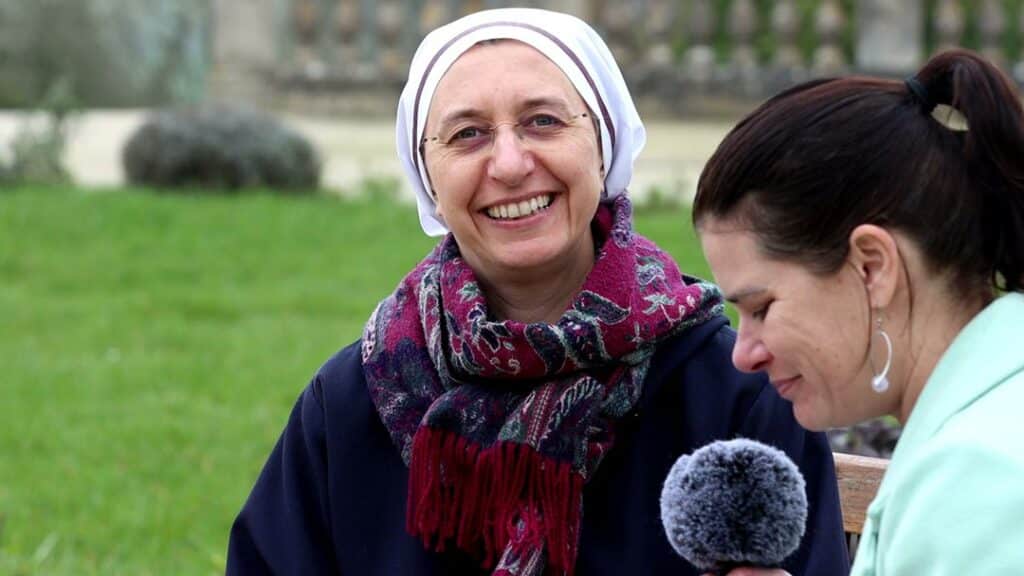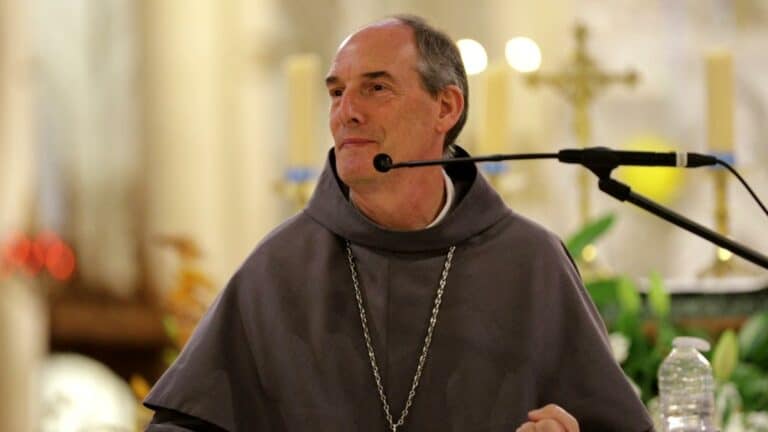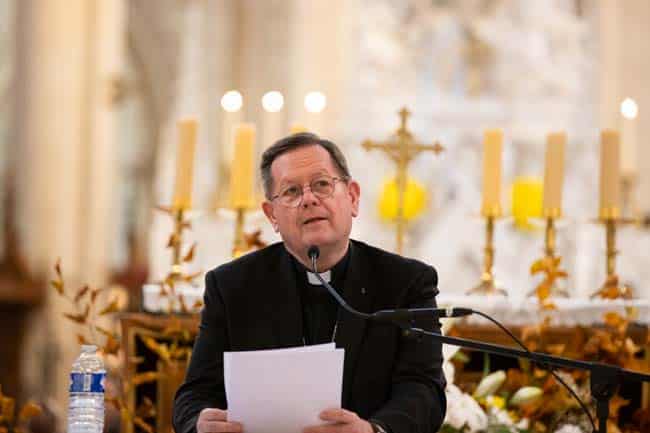Does love end at death, or can it continue beyond physical separation?
How can we go on living after the loss of a loved one? Can we still love the person with whom we shared daily life, intimacy and flesh for so many years? When the body is no more, does love remain? And if it remains, can it still grow, even beyond death?
We put those questions to Sister Cécile, prioress of the New Alliance community at Montligeon. She does counselling for those going through the ordeal of bereavement. With hope deeply rooted in her, she shares her experience of working with people devastated by the loss of a loved one, as well as her faith in an unbreakable bond: love beyond death.
Is love stronger than death?
There’s something brutal about death, as it shatters concrete, physical, everyday relationships. It interrupts dialogue, touch and bodily presence. Yet death does not destroy everything. An enduring bond remains – the bond of love.
As the Song of Songs says, “Love is strong as death”. St. Paul, in the First Letter to the Corinthians, adds: “Love will never pass away.” Even when wounded, love retains a strength that transcends death. It becomes prayer, memory, offering. It is transformed into a different, more interior presence.
Such transformation does not occur immediately. It takes place gradually, thanks to a valuable ally – time. In mourning, the name of the game is to rediscover the relationship, but in a different way. A new love can then be born – less sensitive, but deeper, more spiritual.
A living communion between the living and the dead
This bond of love is akin to the communion of saints, that mysterious solidarity between the living and the dead. In the Creed, we say: “I believe in the communion of saints”. This means that the souls of our deceased, provided they are with God, continue to love us. Not just the great saints of the calendar, but also those close to us, those whose memory we bear.
To be close to God, you have to love. And even if there are still wounds or imperfections in their love – this is what the Church calls purgatory – , this time of purification enables souls to choose love fully. From now on, they love us with a transfigured love, in the image of God.
New ways of manifesting their presence
Many mourners say they feel a presence, a peace, a kind of inner love. It’s not necessarily a spectacular sign, but a kind of returning serenity.
Christ told us: “The Kingdom of God is within you”. So the hereafter is not just a distant elsewhere; it’s also an inner presence, a bond that can be forged anew in faith.
We find our deceased precisely in this communion with Christ. The image of a bicycle wheel can help us understand this. Christ is at the center. The closer we get to the center, the closer we get to each other, living and dead alike. In this way, love unites us once again in the very heart of Christ.
Mourning, a transition to transfigured love
Bereavement means entering a new kind of relationship. It’s often a rough transition, yet a fruitful one. The Gospel shows us this through Mary Magdalene: on the morning of the Resurrection, she wants to hold on to Jesus, but he guides her into a different relationship – no longer carnal, but spiritual. It is the same for us: we have to learn to love differently.
At Montligeon, Sister Cécile counsels people who have experienced very painful bereavements – sometimes marked by suicide, conflict or lack of forgiveness. Many are distraught when they arrive. Yet, along the way, they discover that in the order of love, it is never too late.
Even when wounded, love can grow. Prayer, forgiveness and memory are paths to transformation. For love comes from the soul, and the soul is immortal. In the light of God, our deceased can repent and ask our forgiveness. And we can offer them our forgiveness.
God looks not only at what we have been, but also at what we can become in love. So that in such light, the soul chooses to love. This is what the Church calls the particular judgment. It is not a condemnation, but an encounter with truth in love.
So even after death, love can be transfigured.
Reconnecting with your deceased
Are you going through bereavement, or would you like to deepen that invisible bond with your loved ones?
Join a prayer session or mourning group at the Montligeon Shrine.




